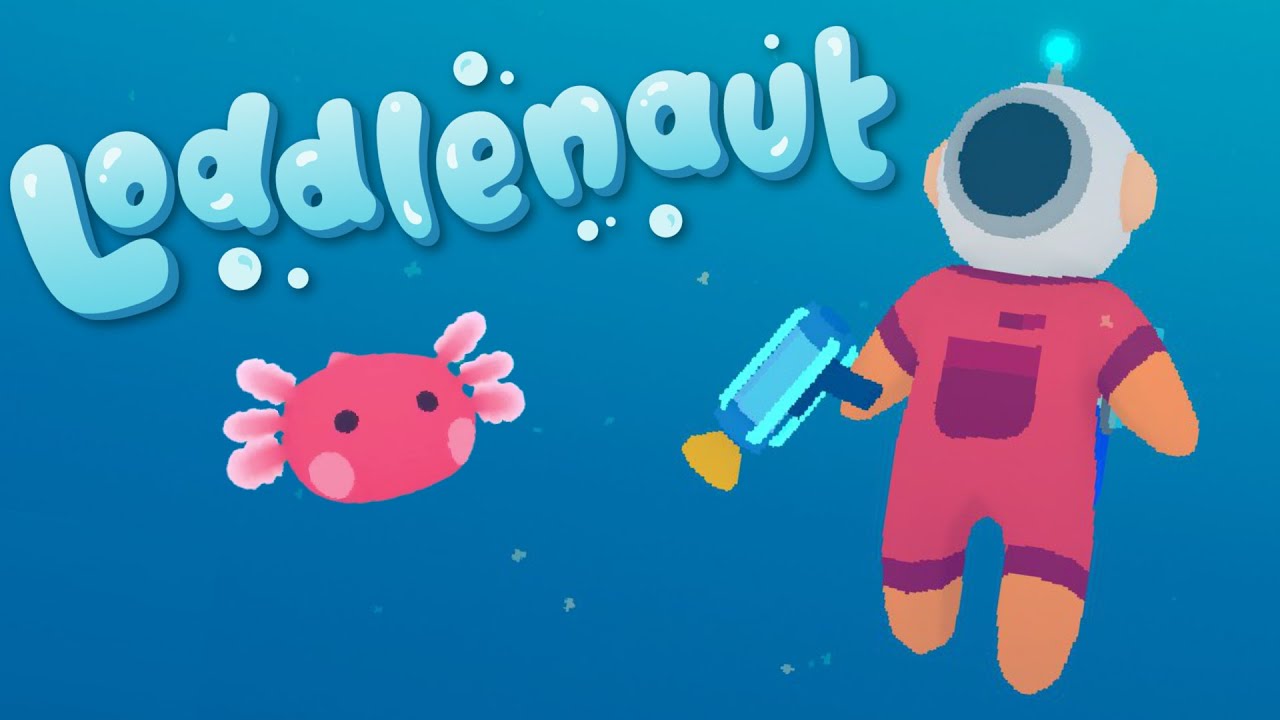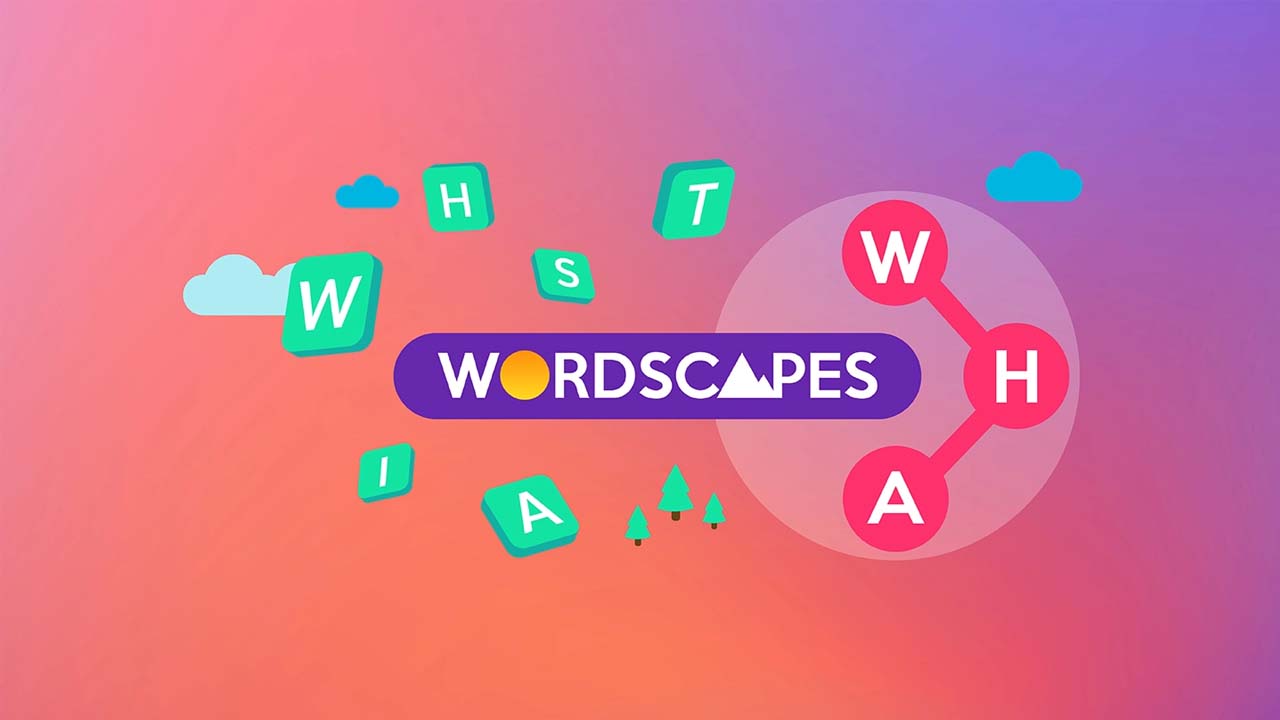In today’s digital age, online friendships have become increasingly common for children. However, navigating the complexities of these relationships and ensuring healthy communication can be challenging.
How do we teach our children about the importance of boundaries, respect, and support in their online friendships? In this article, we will explore effective strategies to guide our children in understanding and practicing healthy communication in online friendships.
From identifying key aspects of friendship to teaching problem-solving skills and addressing boundaries, we will delve into practical advice and recommended resources to equip our children with the tools they need for positive online interactions. Join us on this journey of fostering healthy friendships in the digital world.
Importance Of Close Friendships Highlighted During Pandemic
During the ongoing pandemic, the importance of close friendships has become more evident than ever before. With physical distancing measures in place, many individuals have found solace in their friendships, relying on these relationships for emotional support and connection.
It is crucial to help children recognize and appreciate the value of close friendships in their lives.
Close friendships are characterized by intimacy and support. These are the friendships that provide a sense of belonging, acceptance, and understanding.
Research shows that individuals with strong friendships experience better mental health outcomes, higher self-esteem, and increased resilience in the face of adversity. By teaching our children about the significance of close friendships, we equip them with the tools to cultivate meaningful connections that can positively impact their emotional well-being.
Teach Children About Healthy Friendships And Boundaries
In order to foster healthy communication in online friendships, it is essential to teach children about healthy friendships and boundaries from an early age. Children need explicit instruction on how to navigate the complexities of friendship, especially in an online environment where the rules and dynamics may differ from face-to-face interactions.
One way to teach children about healthy friendships is to identify and rank important aspects of friendship. Encourage children to consider qualities such as support, respect, loyalty, and being yourself as essential components of a healthy friendship.
By engaging in discussions and activities that highlight these qualities, children will gain a deeper understanding of what it means to be a good friend.
- Incorporate ideas into morning meetings where friendship-related topics are discussed.
- Introduce the concept of boundaries in friendships and how they help to maintain healthy relationships.
- Teach problem-solving skills to children when boundaries are crossed, emphasizing the importance of communication and resolving conflicts respectfully.
- Reflect on personal experiences with crossing boundaries, helping children develop empathy and understanding for the perspectives of others.
- Address actions that may bother friends or make them uncomfortable, guiding children on appropriate ways to handle such situations.
- Teach the importance of talking it out with a friend rather than complaining to others, promoting open and direct communication.
- Discuss when to end a friendship and how to address disrespect towards others, emphasizing the importance of standing up for oneself and others in a respectful manner.
Explicit Instruction Needed For Complex Aspects Of Friendship
While many aspects of friendship come naturally to children, certain complex aspects may require explicit instruction. This includes teaching children about boundaries, such as understanding personal space, privacy, and consent.
It is important for children to grasp the concept of respecting boundaries in order to maintain healthy online friendships.
Discussing boundaries in online friendships can be challenging due to the lack of physical proximity. However, it is crucial to guide children in recognizing and establishing boundaries in these virtual relationships.
Encourage children to reflect on potential scenarios where their boundaries may be tested and discuss appropriate responses.
By reflecting on personal experiences with crossing boundaries, children can better understand the impact of their actions on others. This reflection helps them develop empathy and the ability to navigate online friendships with respect and understanding.
Elements Of Healthy Friendships Include Support, Respect, Loyalty, And Being Yourself
When teaching children about healthy communication in online friendships, it is important to emphasize the elements that make friendships thrive. Support, respect, loyalty, and being yourself are key ingredients for healthy and positive connections.
Support is the foundation of a strong friendship. Encourage children to empathize with their friends and offer support during difficult times.
Teaching them to actively listen and provide emotional assistance will help foster genuine connections.
Respect is vital in any friendship. Children should understand the importance of respecting their friends’ opinions, boundaries, and personal choices.
By modeling respect in our own interactions, we demonstrate the value of treating others with kindness and understanding.
Loyalty is another essential element of healthy friendships. Encourage children to stand up for their friends and be reliable in times of need.
By demonstrating loyalty, children learn the value of trust and commitment in building lasting connections.
Lastly, remind children to be themselves in their online friendships. Encourage authenticity and the importance of staying true to one’s values and beliefs.
Genuine connections are built on mutual understanding and acceptance.
Recommended Books For Teaching About Healthy Friendships
Books can be an effective tool in teaching children about healthy friendships, including healthy communication in online friendships. However, it can be difficult to find picture books that depict positive examples of healthy friendships.
Nonetheless, there are some recommended titles that can facilitate discussions on friendship:
- “A Sick Day for Amos McGee” by Philip C. Stead: This heartwarming story illustrates the importance of friendship and supportive connections.
- “Splat Says Thank You” by Rob Scotton: This book teaches children about expressing gratitude and appreciating the kindness of friends.
- “Maybe Tomorrow?” by Charlotte Agell: This story explores the ups and downs of friendship, encouraging children to navigate challenges together.
- “Friendshape” by Amy Krouse Rosenthal: This book celebrates the diversity of friendships while highlighting the value of acceptance and understanding.
- “Stick and Stone” by Beth Ferry: Through simple, rhyming text, this book emphasizes the power of friendship in overcoming adversity and providing support.
Using these books as starting points for discussions, parents and educators can encourage reflection and reinforcement of the concepts of healthy friendships, boundaries, and communication.
In conclusion, teaching children about healthy communication in online friendships is of utmost importance in today’s digital age. By emphasizing the significance of close friendships, teaching about healthy boundaries, and promoting key elements of healthy friendships, children can build trust and positive connections in a world increasingly reliant on technology.
Through explicit instruction, reflective discussions, and the use of recommended books, we can equip children with the skills to navigate online friendships with respect, empathy, and effective communication.


